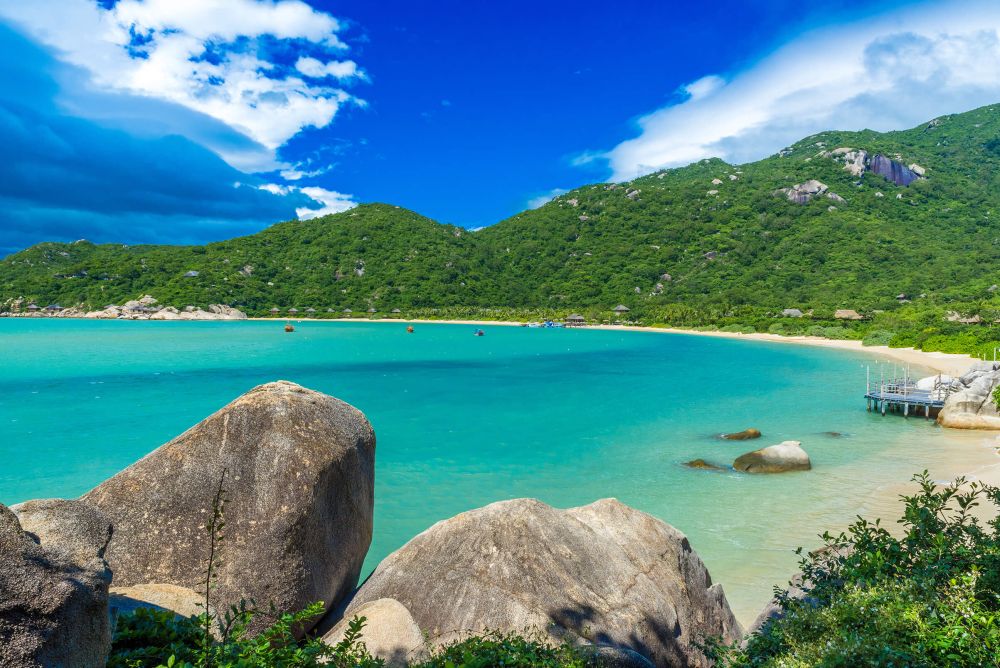

Nestled on the southeast coast of Vietnam, Nha Trang is a seaside town renowned for its stunning beaches and vibrant marine life. But the history of tourism in Nha Trang is as rich as the coral reefs that adorn its waters.
The tourism history of Nha Trang can be traced back to the early 20th century when the French colonizers, charmed by the idyllic coast and its therapeutic climate, turned this small fishing village into a beach resort destination. They built villas along the beachfront, frequented by French nationals looking for an exotic getaway from their colonial duties.
After the end of the Vietnam War and the reunification of North and South Vietnam in 1975, Nha Trang experienced a period of redevelopment. The local Vietnamese government recognized the area's potential for tourism and began inviting foreign investment to build hotels and other touristic infrastructure. By the 1980s and 1990s, Nha Trang steadily grew into a popular local vacation spot.
In the 21st century, aided by Vietnam's open-door policy, Nha Trang caught the eye of international tourists and travel agencies. Its beautiful beach, famous scuba diving sites at the Hon Mun Marine Protected Area, and cultural attractions like the Po Nagar Cham Towers contributed to its worldwide reputation.
With a surge in global travel, Nha Trang has embraced trends like eco-tourism, wellness, and adventure tourism. Resorts offer diving, snorkeling, watersports, and island tours, along with relaxation through beachside spa treatments and yoga classes. The Vinpearl Land amusement park has also added to the area's family-friendly attractions.
The city's tourism industry has smartly capitalized on digital marketing, with spectacular images of its turquoise waters and golden sands gracing social media platforms. Influencers have played a significant role in popularizing Nha Trang, and it has become a must-visit destination for many travelers around the world.
Despite its popularity, Nha Trang faces challenges such as over-tourism and the preservation of its natural resources. Authorities are increasingly focused on sustainable tourism to ensure that the beautiful beaches, marine life, and local culture can be enjoyed by future generations.
In conclusion, the journey of Nite Trang from a quiet fishing village to a buzzing tourist hotspot is a testament to Vietnam's rich cultural allure and natural beauty. The destination continues to evolve, combining its historical charms with modern comforts, making it a compelling visit for any global traveler.